In the crushing pressure and eternal blackness of the deep sea, light becomes a rare and powerful tool.
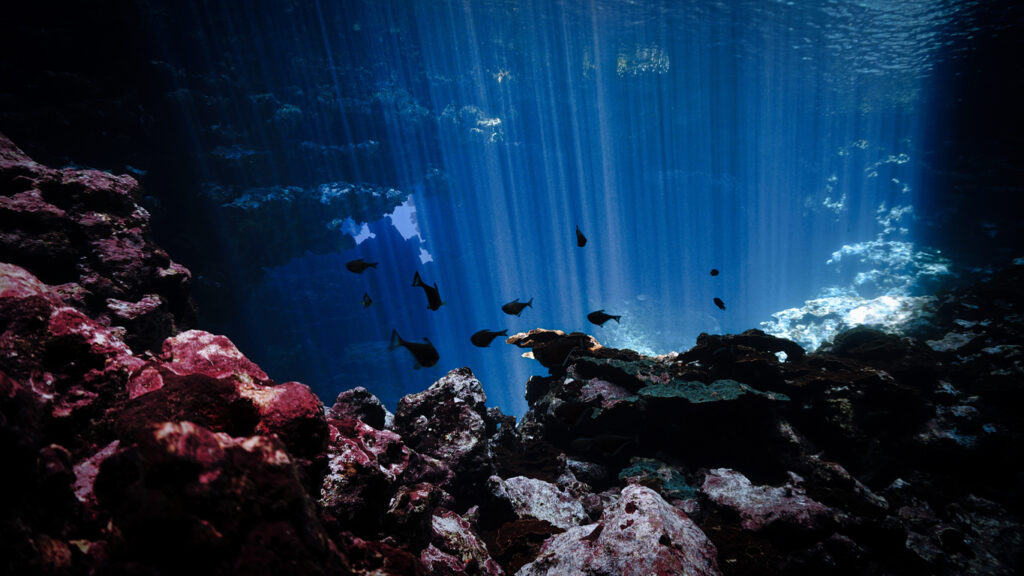
Since sunlight can’t reach the ocean’s depths, many deep-sea creatures have evolved the ability to produce their own light through bioluminescence. However, this isn’t just for flair—it’s survival strategy at its sharpest. These animals use light not to illuminate, but to confuse, blind, lure, or hide from enemies. These are some of the eerie, brilliant, and ruthless ways deep-sea creatures use light as a weapon, proving that nature doesn’t need daylight to pull off a power move.
1. Anglerfish use their glowing lure as deadly bait.
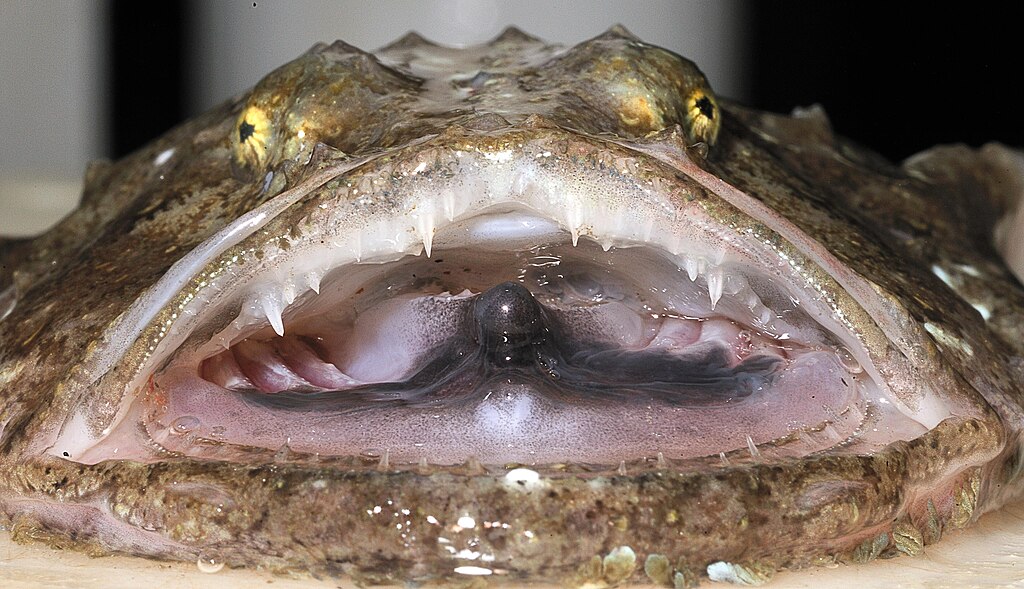
Perhaps the most iconic deep-sea predator, the anglerfish dangles a glowing bulb in front of its face—like a flashlight on a fishing line. But this isn’t mood lighting. It’s a trap. The light, powered by bioluminescent bacteria, attracts unsuspecting prey right to the anglerfish’s waiting jaws.
In an environment where visibility is near zero, that single glowing orb is enough to mesmerise and draw creatures in. One snap, and the hunt is over before the prey even knows what happened. It’s a natural ambush disguised as a light show.
2. Hatchetfish erase their own shadows.

These silvery fish live in midwater zones, where any silhouette cast from above can make them easy targets for predators below. Their solution? Shine light downward from their bellies to match the faint glow from the surface.
This optical camouflage, known as counterillumination, cancels out their own shadow. To predators lurking underneath, the hatchetfish effectively disappears. It’s the marine version of walking around with your own custom lighting filter—only with higher survival stakes.
3. Dragonfish use quick flashes to stun and strike.
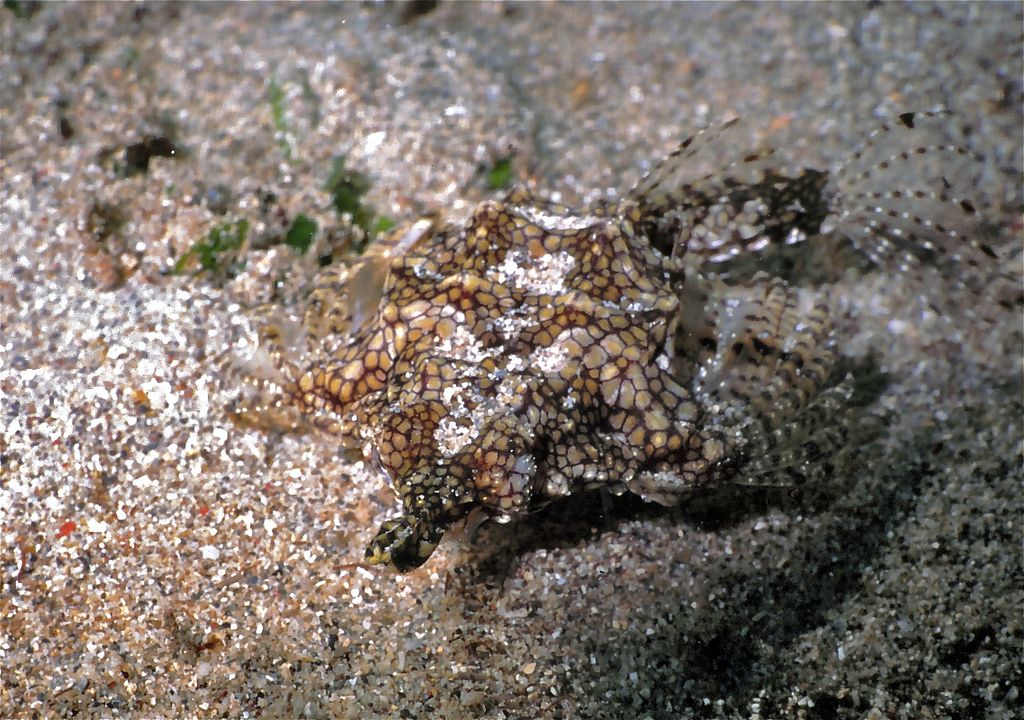
With long, sharp teeth and glowing organs along their bodies, dragonfish are built for ambush. However, they don’t just wait around—they emit sudden, intense flashes of red or blue light to disorient prey or signal aggression to rivals.
What makes this even more clever? Most deep-sea creatures can’t see red light, so when the dragonfish lights up red, it’s often invisible to its prey, allowing it to stalk and strike in stealth mode. It’s stealth tech and shock tactics, all rolled into one ferocious fish.
4. Fire-breathing squid release glowing ink clouds.
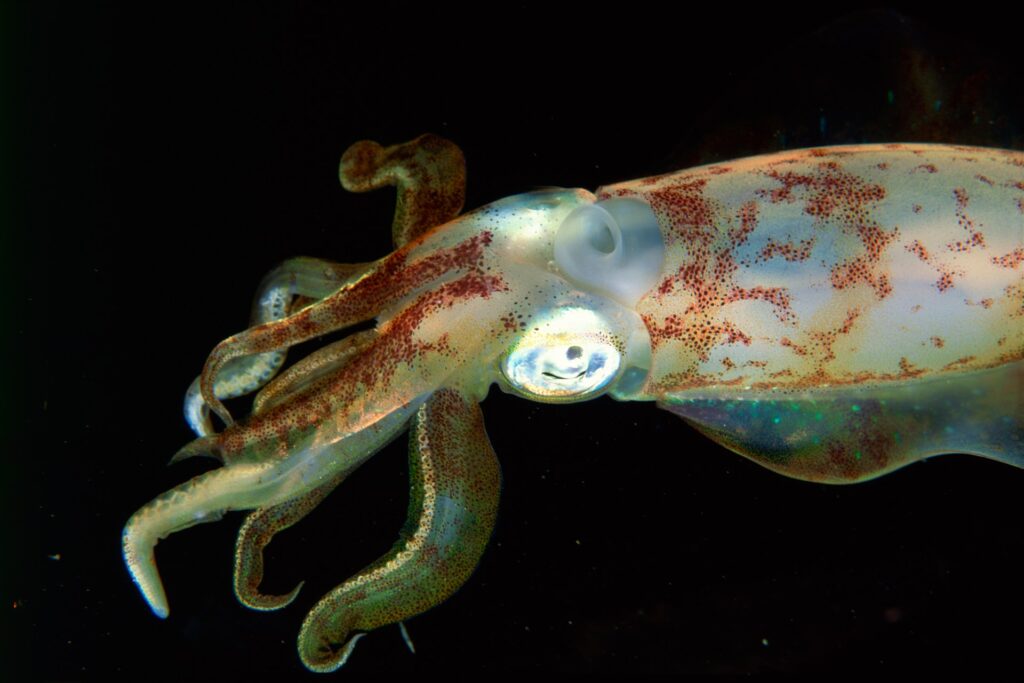
Some squid don’t just squirt out ink when threatened—they add a bioluminescent twist. These glowing clouds create dazzling, shimmering distractions that fill the water and confuse predators long enough for a clean getaway. To an attacker, it’s like suddenly being surrounded by flickering lights in a dark hallway—disorienting, overwhelming, and hard to follow. It’s not just an escape mechanism—it’s sensory overload, ocean edition.
5. Cookiecutter sharks trick larger animals into becoming prey.
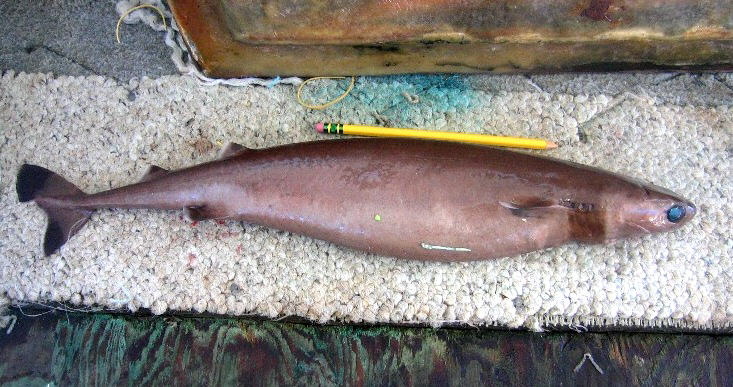
These small sharks emit a soft bioluminescent glow from most of their underside, helping them blend in with the faint light from above. However, they leave one patch near their throat deliberately dark—a shape that mimics the silhouette of a small fish. Larger predators, thinking they’ve found an easy snack, approach—only to have the cookiecutter shark latch on and carve out a perfect plug of flesh. It’s not just camouflage—it’s deception used with surgical precision.
6. Atolla jellyfish turn into underwater strobe lights when attacked.
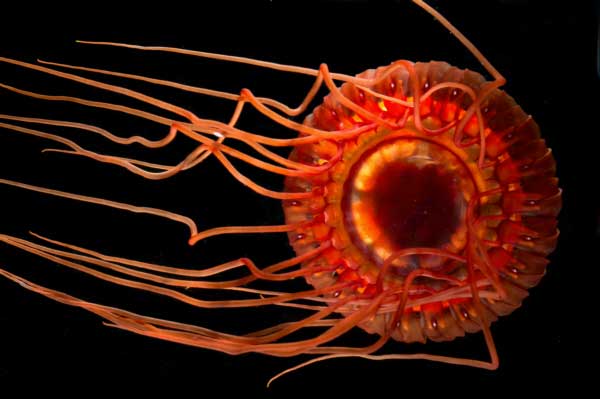
Most jellyfish float passively, but the Atolla jellyfish has a dramatic response to danger. When touched or bitten, it unleashes a wild, flashing light display that pulses in circles across its bell. This light show isn’t about escape—it’s a call for help. The goal is to attract bigger predators who might go after its attacker, giving the jellyfish a chance to slip away in the chaos. It’s the ocean’s version of shouting, “Don’t mess with me—someone scarier is on the way.”
7. Flashlight fish blind and baffle with rapid blinking.
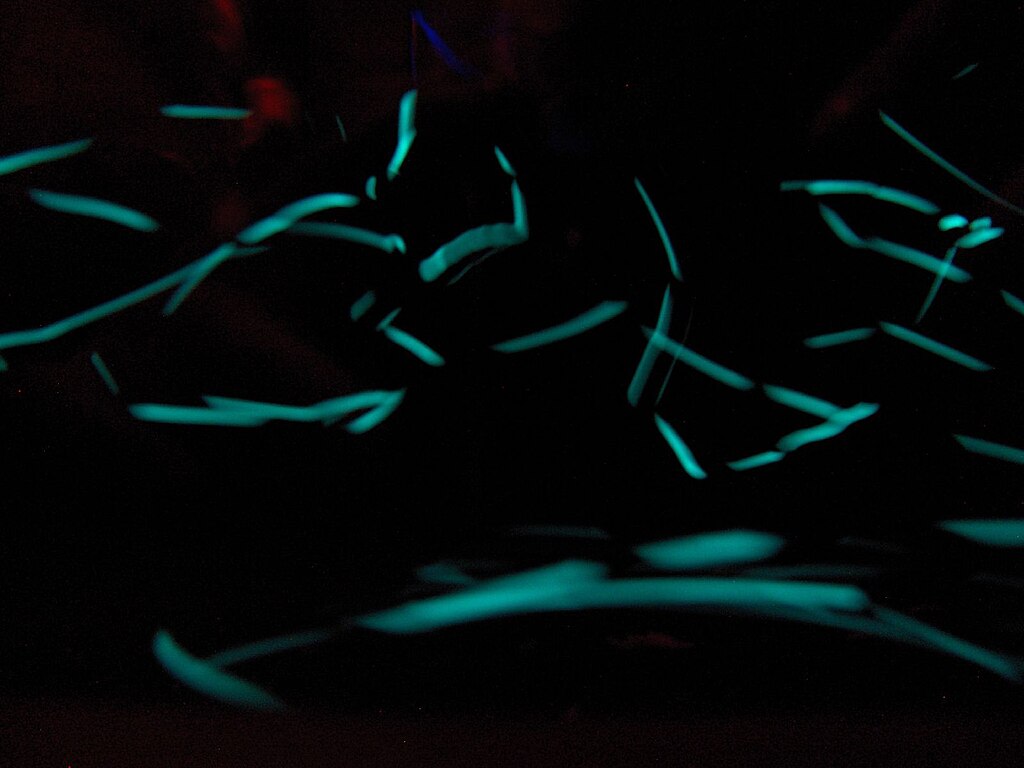
These tropical fish have bioluminescent patches under their eyes that glow thanks to symbiotic bacteria. However, what’s impressive is how they use these “headlights.” They can turn them on and off at will, creating quick, disorienting flashes.
When threatened, they’ll dart through the water while blinking rapidly, making it nearly impossible for predators to track their exact movement. It’s like trying to chase a strobe light in total darkness—you’ll lose them before you realise what’s happened.
8. Deep-sea shrimp spit glowing chemicals at predators

When it’s time to fight dirty, some deep-sea shrimp don’t just swim away—they fire a burst of glowing chemicals from their mouths, coating their attacker in sudden light. It’s the underwater equivalent of flinging fluorescent paint in someone’s face and bolting.
It may not injure the predator, but it creates a moment of confusion and sensory overload. The shrimp buys time to vanish into the darkness—and leaves its enemy glowing like a sore thumb.
9. Comb jellies use shimmering light to confuse and dazzle.
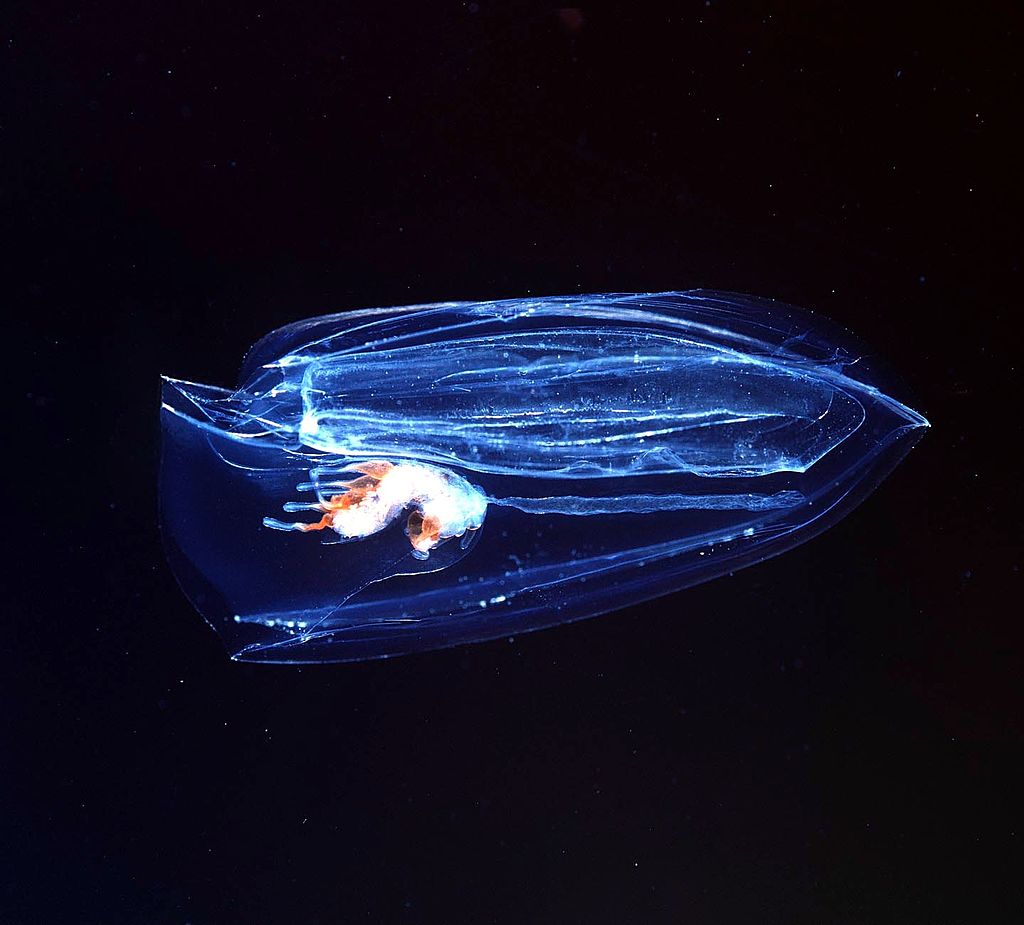
Comb jellies aren’t bioluminescent in the traditional sense, but they scatter light in brilliant rainbow pulses through their moving cilia. This kaleidoscopic shimmer is more than just beautiful—it messes with predators’ ability to track movement. The constantly shifting colours break up the jelly’s outline and make it harder to see clearly. It’s like ocean camouflage in high definition—hypnotic and highly effective at slipping away unnoticed.